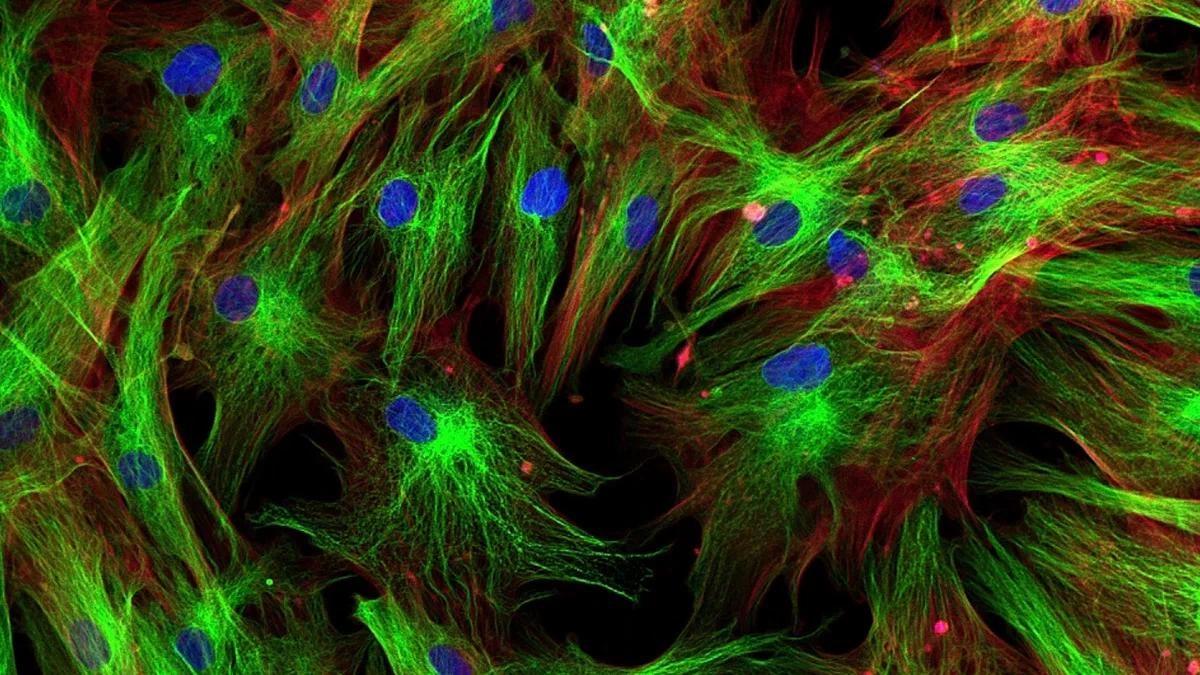A highly innovative artificial intelligence (AI) system identified protein patterns within individual cells with world-leading accuracy and speed. The new approach, developed at the University of Surrey’s Institute for People-Centred AI, could aid scientists in understanding the variations between cancer tumors and identifying novel drugs for diseases.

Image Credit: University of Surrey
Investigators revealed how the HCPL (Hybrid subCellular Protein Localiser) necessitates only partly labeled data to learn how to decode the locations of proteins within cellular structures and their behavior in different cells in research published in Communications Biology, part of the Nature Portfolio.
The HCPL was evaluated on the Human Protein Atlas and proved to be the most accurate method for locating proteins within individual cells.
To understand how proteins work inside cells, scientists need to study where they are located, but this can be a time-consuming and complicated process. HCPL makes this process easier. This program uses a deep-learning model to quickly and accurately identify subcellular structures where proteins are present inside individual cells. We are hopeful that HCPL can help scientists study how proteins work and develop new treatments for diseases.”
Miroslaw Bober, Professor and Leader, HCPL Project, University of Surrey
Spatial proteomics is a field of study that investigates the distribution of proteins in cells or tissues using a mix of experimental and computational techniques. Fluorescence microscopy is a typical approach in this field for physically tagging proteins with fluorescent markers.
AI maps proteins to specific cell compartments (subcellular structures or organelles). This allows scientists to better grasp the roles and activities of proteins, perhaps revealing the intricate inner workings of cells.
ForecomAI, a research and development company with world-class experience in machine and deep learning that provides solutions in healthcare and biosciences, collaborated on the creation of HCPL.
Proteins play a key role in most cellular processes crucial to our survival. Unraveling protein distributions and interactions within individual cells is vital to understanding their functions and indispensable to developing new treatments. Our work with the University of Surrey enables scaling up of this process and opens new frontiers. The partnership between Surrey and ForecomAI has been a successful interdisciplinary collaboration in scientific research, paving the way for further initiatives.”
Dr Amaia Irizar, Director, ForecomAI
Source:
Journal reference:
Husain, S. S., et al. (2023). Single-cell subcellular protein localisation using novel ensembles of diverse deep architectures. Communications Biology. doi.org/10.1038/s42003-023-04840-z.